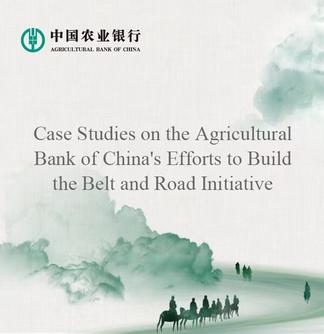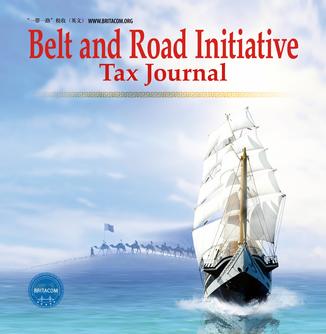BEIJING, Oct. 15 (Xinhua) -- For the first time, green power from west China-located Qinghai Province and Xizang Autonomous Region reached Tianjin, a coastal city close to Beijing recently.
Data from Tianjin Power Exchange Center showed that 24.98 million kWh of green electricity was purchased from the two localities sitting on the Qinghai-Xizang Plateau, an important clean energy base in China.
The aggregate green power purchase comprises 6.28 million kWh of green electricity from Xizang and 18.70 million kWh of clean power from Qinghai.
In the municipality which attaches great significance to practicing the "two mountains" concept, the move was taken to gratify the surging green power need due to thriving local emerging industries.
In the first nine months of this year, green power transactions in Tianjin have topped 17 billion kWh, marking an eye-popping 135 percent upsurge from the end of 2024.
The big number, of which about 70 percent or 12.17 billion kWh was green electricity bought from other Chinese localities, went in line with the accelerating construction of a unified national power market in China.
Since 2011 when the DC phase I project of Qinghai-Xizang grid connection program entered operation, an "electricity sky way" was open for distribution of clean energy in a larger scale in China.
Prior to this National Day holiday, its phase II project was also put into operation, largely raising the connected grids' transmission capacity and partially enabling the Qinghai-Xizang Plateau to Tianjin UHV power transmission.
To facilitate the purchase deal, local power exchange centers of Tianjin and Xizang closely followed up with testings of the transmission channel and completed pre-planning of related power transmission curve to ensure a smooth delivery.
Chang Yadi, head of trading department of Tianjin Power Exchange Center said that the green power transaction deal serves as a quintessential case for epitomizing the progress in unified national power market construction given the optimized electricity resource distribution.
(Edited by Duan Jing with Xinhua Silk Road, duanjing@xinhua.org)




 A single purchase
A single purchase








